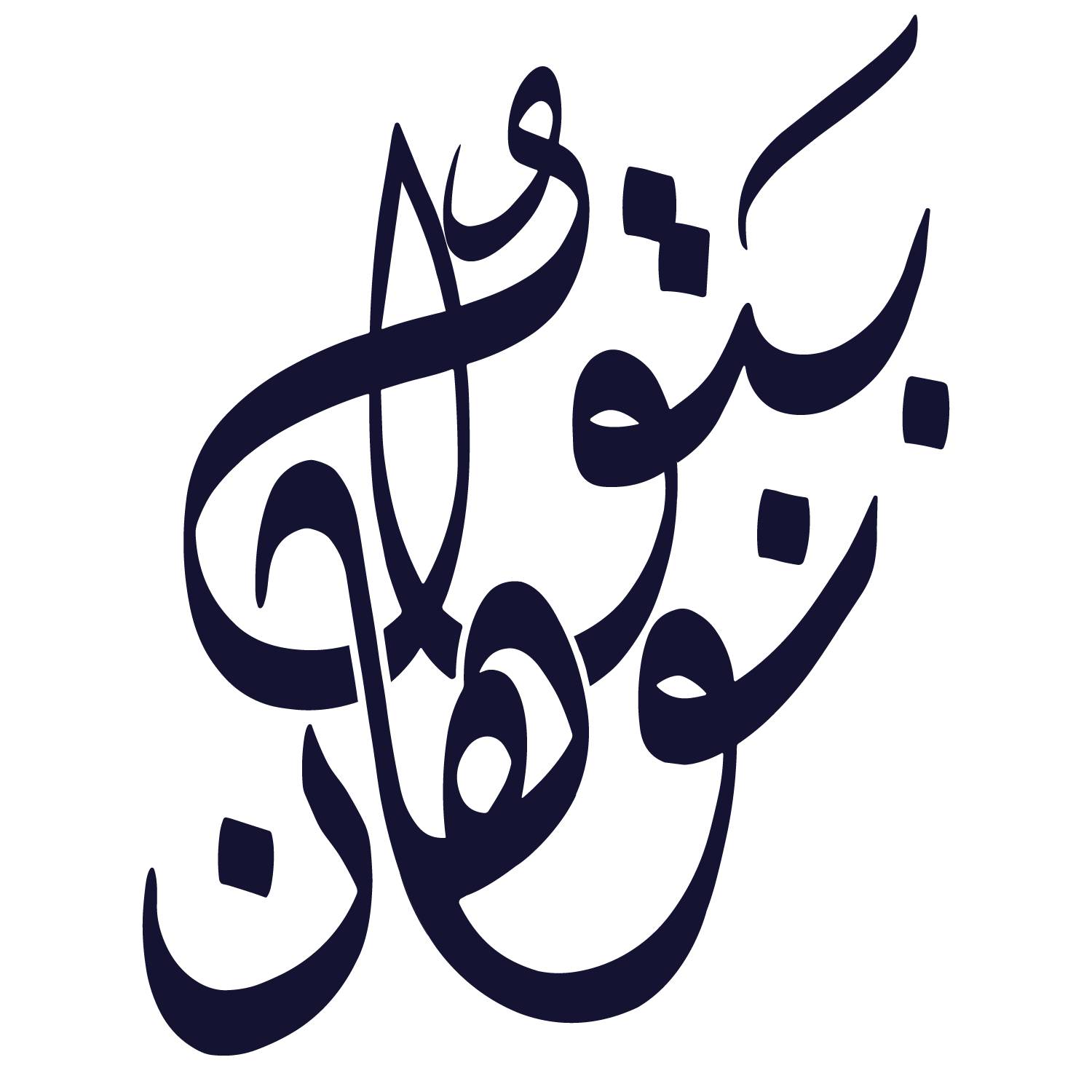Interior design is a reflection of cultural influences, lifestyle preferences, and architectural heritage. London and…

Colour psychology plays a fundamental role in luxury interior design, influencing mood, perception, and the overall atmosphere of a space. Thoughtfully selected colour schemes can enhance the sense of opulence, comfort, and exclusivity in high-end interiors, making them not only visually stunning but also emotionally engaging.
Understanding Colour Psychology in Interior Design
Colour psychology examines how different hues affect human emotions and behaviour. In luxury interiors, the strategic use of colour can create sophisticated and harmonious environments that reflect both personal style and design intent.
1. The Impact of Warm Tones
Warm colours such as gold, deep red, and rich amber evoke a sense of warmth, luxury, and grandeur. These shades are commonly used in high-end spaces to create an inviting and opulent ambiance.
- Gold and Metallic Accents: Symbolising wealth and sophistication, gold enhances a regal aesthetic, especially when paired with plush fabrics and ornate details.
- Rich Reds and Burgundy: These deep hues convey passion, power, and classic luxury, often used in statement furniture or accent walls.
2. The Elegance of Cool Tones
Cool tones, such as deep blues, emerald greens, and sophisticated greys, instil a sense of tranquillity and timeless elegance.
- Navy and Royal Blue: Associated with wisdom and confidence, these shades add depth and richness to luxury interiors.
- Emerald and Forest Green: Symbolising nature and prosperity, green tones create a balanced and refreshing aesthetic.
- Charcoal and Slate Grey: Providing a refined, modern look, grey is a versatile choice that enhances depth and contrast in upscale designs.
3. The Power of Neutral and Monochromatic Schemes
Neutral tones, from creamy whites to taupe and beige, serve as the foundation of sophisticated and timeless luxury interiors.
- Ivory and Off-White: Exuding purity and elegance, these hues enhance natural lighting and create a spacious feel.
- Beige and Taupe: Warm neutrals contribute to a soft and understated luxury, allowing furniture and textures to take centre stage.
- Black and White Contrast: A classic monochrome palette offers a striking balance between drama and sophistication.
How to Use Colour Psychology in Luxury Interior Design
1. Define the Mood and Atmosphere
Consider the emotional impact you wish to achieve. For a cosy and inviting space, opt for warm tones; for a serene and sophisticated environment, lean towards cooler hues.
2. Incorporate Layering and Textures
Luxury interiors benefit from layered tones and rich textures. Velvet upholstery, silk drapes, and marble surfaces enhance the impact of colour while adding depth and dimension.
3. Use Colour to Highlight Architectural Features
Statement walls, ceilings, and mouldings can be accentuated with contrasting hues to create visual interest and a bespoke feel.
4. Balance Bold Colours with Neutrals
While bold colours add drama, pairing them with neutral tones ensures a timeless and balanced aesthetic.
Final Thoughts
Colour psychology is a powerful tool in luxury interior design, influencing not just aesthetics but also the emotional response of those who experience the space. By understanding the impact of different hues and applying them strategically, designers can craft interiors that exude elegance, comfort, and exclusivity. Whether through bold statement pieces or subtle tonal layering, the right colour choices elevate a space from ordinary to extraordinary.



